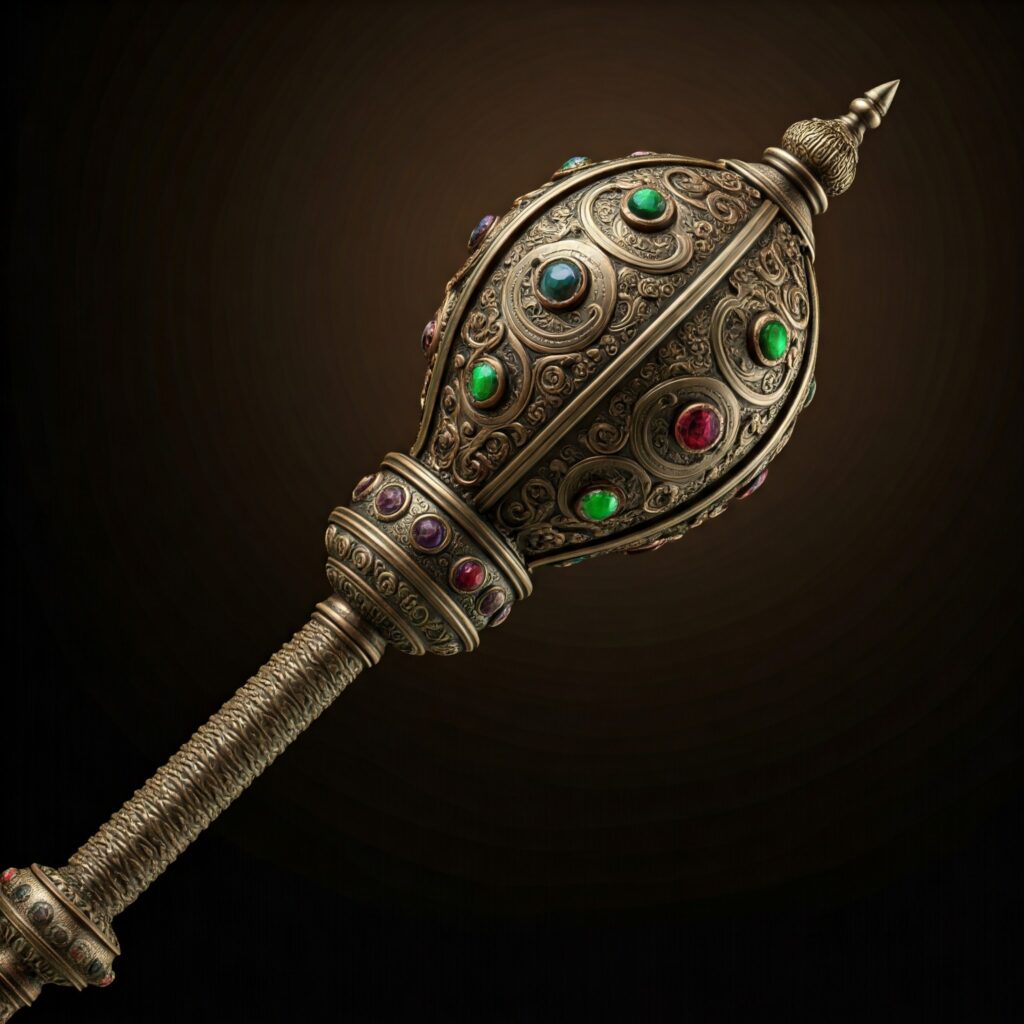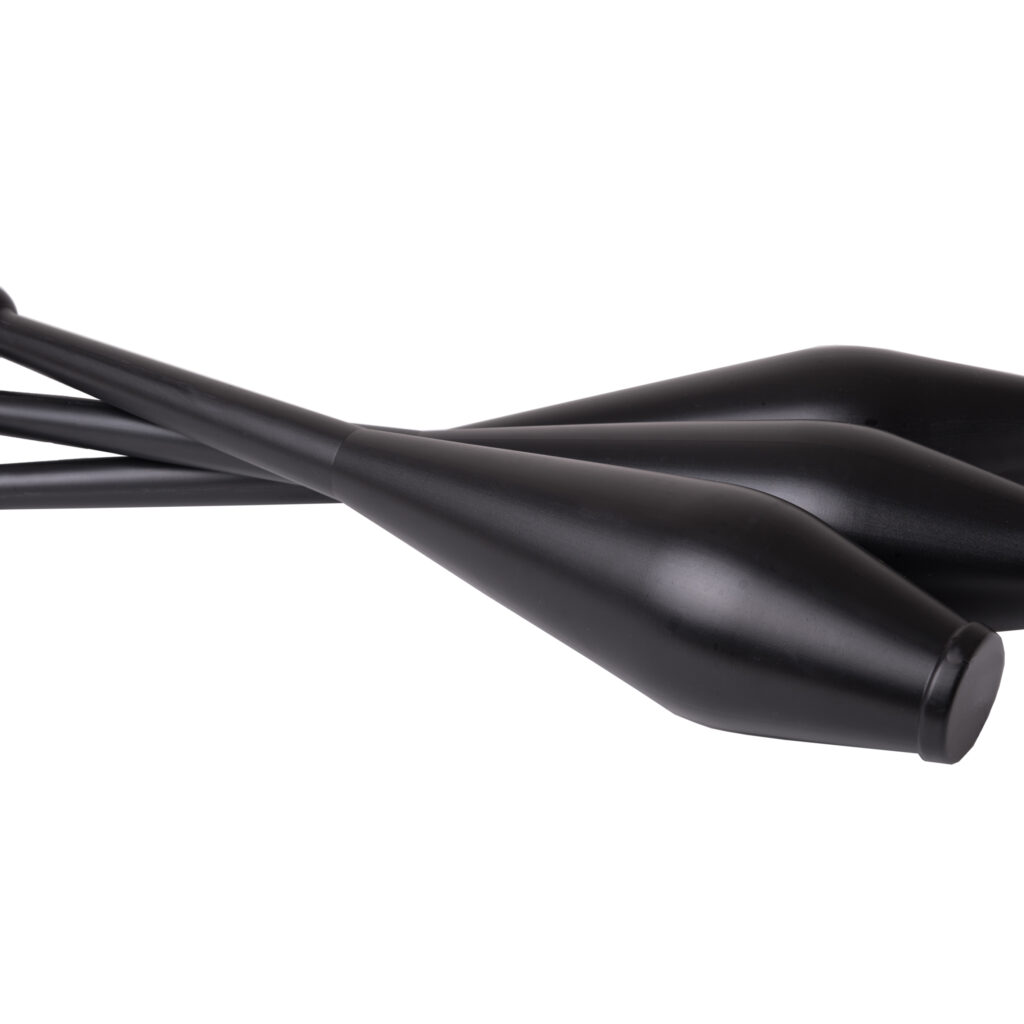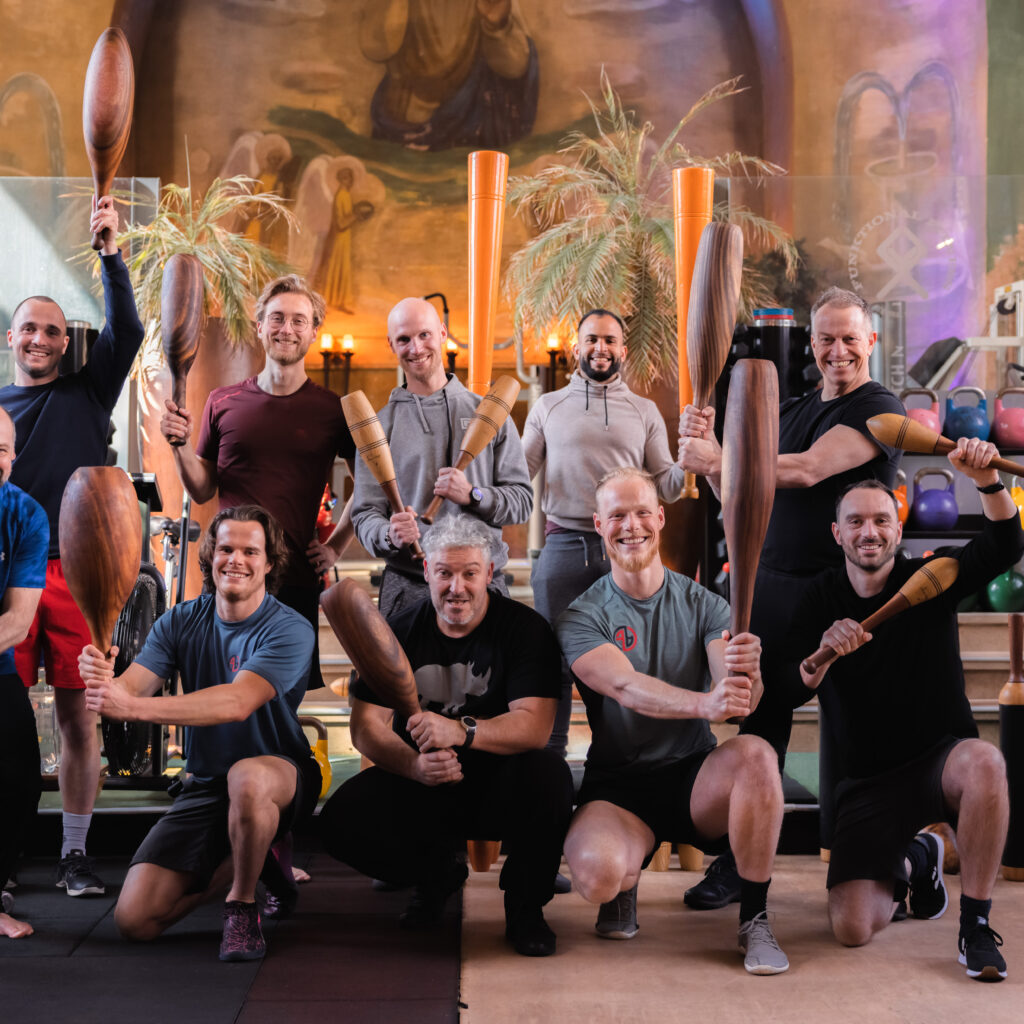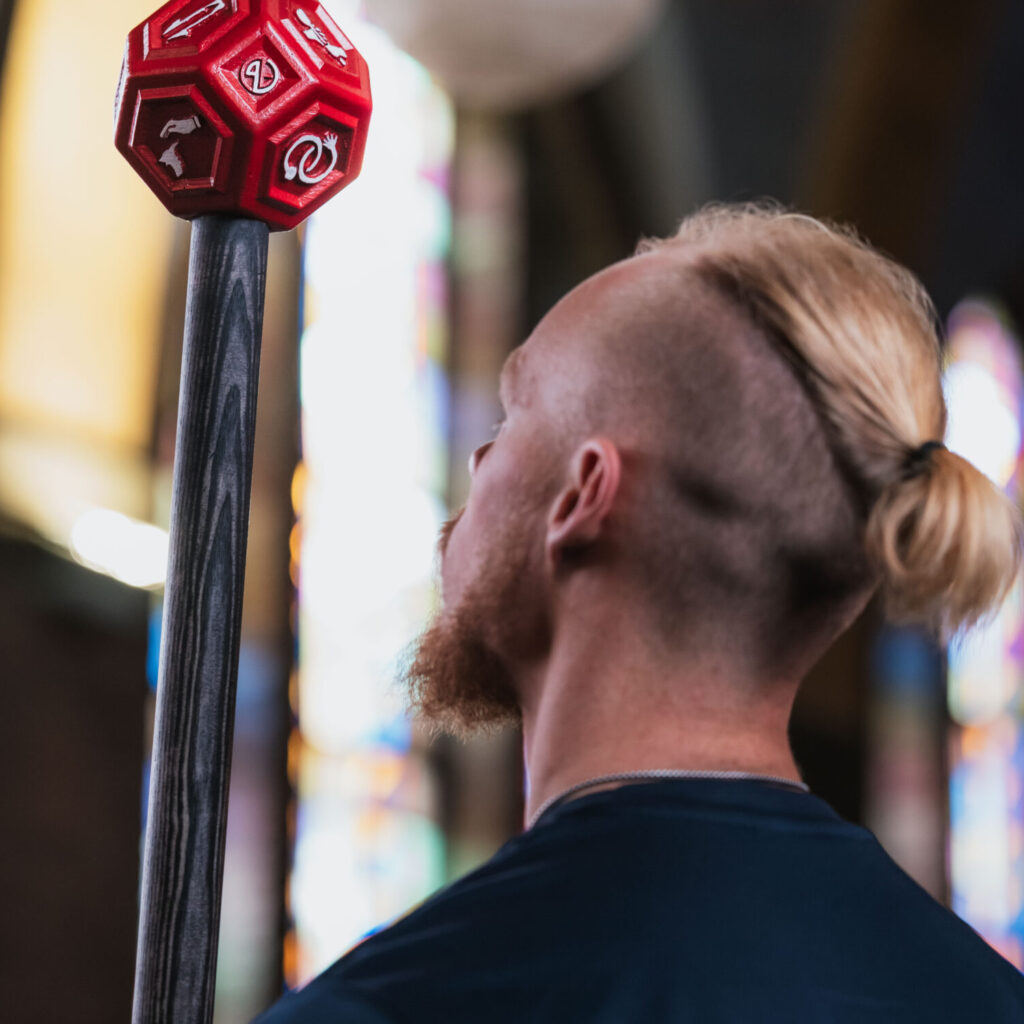A History of Barbells, Dumbbells, and Indian Clubs

A brief introduction to the three traditional powerlifting tools.
There is no doubting the significance of the barbells, dumbbells, and Maces to your training, whether you bodybuild, power lift, cross-train, or simply maintain good health.
These tools are often taken for granted by contemporary lifters, but they are actually a historic phenomenon, and their development was not as simple as we might like to think. Maces and dumbbells, on the other hand, have roots in India and Ancient Greece, respectively.
Let’s examine the history of these three pieces of powerlifting gear.
Barbells
One of the most identifiable pieces of exercise gear in a gym is the barbell. Even if you or your clients have never picked one up, you know what it is and that it is an integral component of serious strength training. It is undoubtedly difficult to know the names and uses of all the numerous types of barbells available, but what about this essential piece of fitness equipment’s history?
The 1860s saw the invention of the first barbells. They were long bars with substantial masses at each end that were typically utilized as props by sideshow acts and circus artists. However, Calvert founded the Milo Bar-Bell Company in Philadelphia, Pennsylvania, in 1902. He immediately obtained a patent for the weight-adjustable bar that would become known as the Milo Triplex.
In addition, he published books on the subject of strength training, started a magazine, and developed weight-lifting classes. Barbells, dumbbells, and kettlebells of various sizes were created by Milo Bar-Bell. Calvert provided a thorough explanation of several exercises, including the overhead press and barbell pullover, in his book Super Strength.
Dumbbells
The use of dumbbells can be traced back to ancient Greece. Halteres were used by the Ancient Greeks during long jump competitions to help them jump further. Halteres, on the other hand, were not the shape of the modern dumbbell. They were crescent-shaped with a handle for the jumper to grab when it was time to compete. Historians believe these were used for more than jumping.
There is evidence that the ancient Greeks used them for general exercise and muscle strength building. That’s right, the Greeks recognized the importance of strength training beyond athletic performance!
Meanwhile, athletes in the Middle East used a nal to strengthen themselves. This club-shaped piece of apparatus was longer than a modern dumbbell but shorter than a barbell. Wrestlers, bodybuilders, and athletes from the Middle East and India used nals to increase their strength and stamina. Because the clubs were different weights, they could be used for calisthenics as well as weight lifting.
The nal was adopted by British colonists, who called it the Indian Club and brought the equipment to the west. While Indian clubs remained popular, a new type of equipment became popular in the 1700s. A British poet named Joseph Addison wrote about his dumbbell workout routine. The clappers on these church bells had been removed to silence them. The bells were made “dumb,” and because of that, they named their dumbbells.
Dumbbell exercises were popular in the 18th century, even among our founding fathers. Benjamin Franklin wrote about using dumbbells to maintain his physical fitness and credited his longevity to doing so on a daily basis. Dumbbells were commonly used in gymnasiums and aerobics classes by the 1800s. They were frequently used in physical education classes by students. Strength training became more popular after the invention of the barbell, and the dumbbell was used in conjunction with barbells to build muscle.
Indian Clubs/Gada/Maces
The Gada is an Indian subcontinental mallet or a blunt mace. A mace’s head is typically made of stone, bone, copper, bronze, iron, or steel, with a spike on top. In the native Indian language, the mace is also known as “Gurj” and “Gada.” It is a type of club or virge that delivers powerful strikes with a heavy head on the end of a handle. Gada yudha is the martial art of wielding the gada / gurj ( mace battle).
It is mostly wielded alone and can be handled in a variety of ways. The Agni Purana and Mahabharata both mention various gada-yudh techniques. The gada / gurj is a traditional piece of training equipment in Hindu physical culture, and it is commonly found in north Indian akharas (martial art schools). Depending on the practitioner’s strength and skill level, maces of various weights and heights are used.
One or two wooden gadas are swung behind the back in a variety of ways for training purposes and are especially useful for developing grip strength and shoulder endurance. Maces are rarely used in actual combat today, but many government agencies, universities, and other institutions still have ceremonial maces and display them as symbols of authority. They are frequently paraded in academic, legislative, or civic rituals and processions.
The versatility and portability of these traditional tools should also be noted. There are numerous other advantages to consider when it comes to training, and the fact that these old-school training tools are making their way into the mainstream indicates that their utility and usefulness are being recognized and honored.
Do check out our Masterclass – Light Club 101
Follow us on Instagram for regular updates.






Have you ever considered about including a little bit more than just your articles?
I mean, what you say is fundamental and everything.
However think of if you added some great graphics or video clips to give
your posts more, “pop”! Your content is excellent but with pics and clips, this website could undeniably be one of the most beneficial in its niche.
Awesome blog!
Good idea, glad it resonates!
If some one needs expert view concerning running a blog
then i recommend him/her to go to see this blog, Keep
up the nice work.